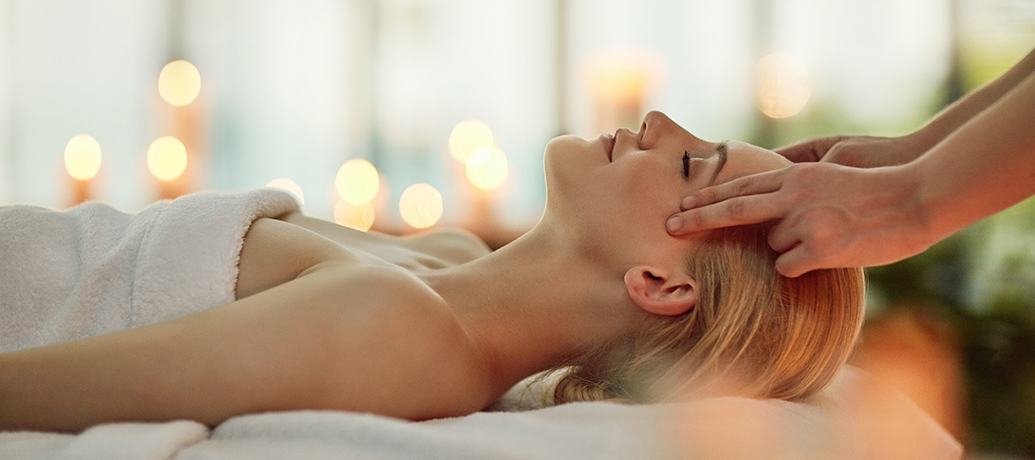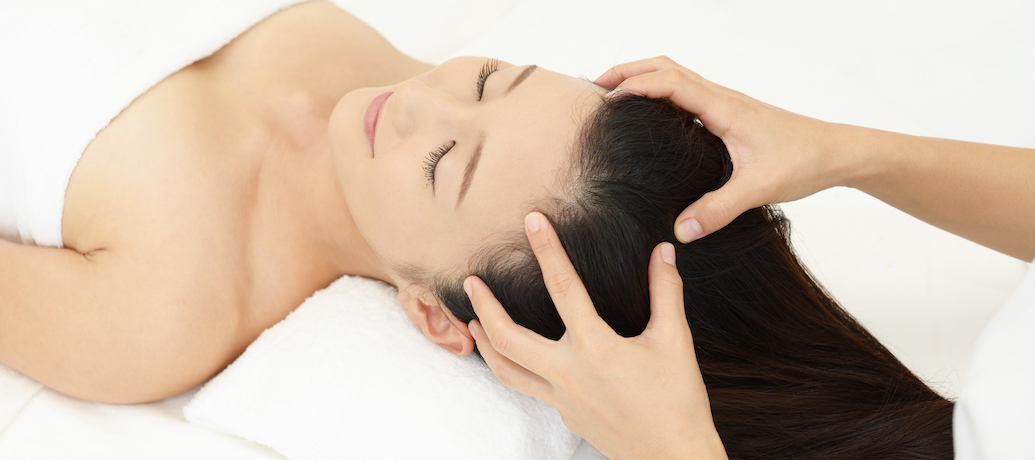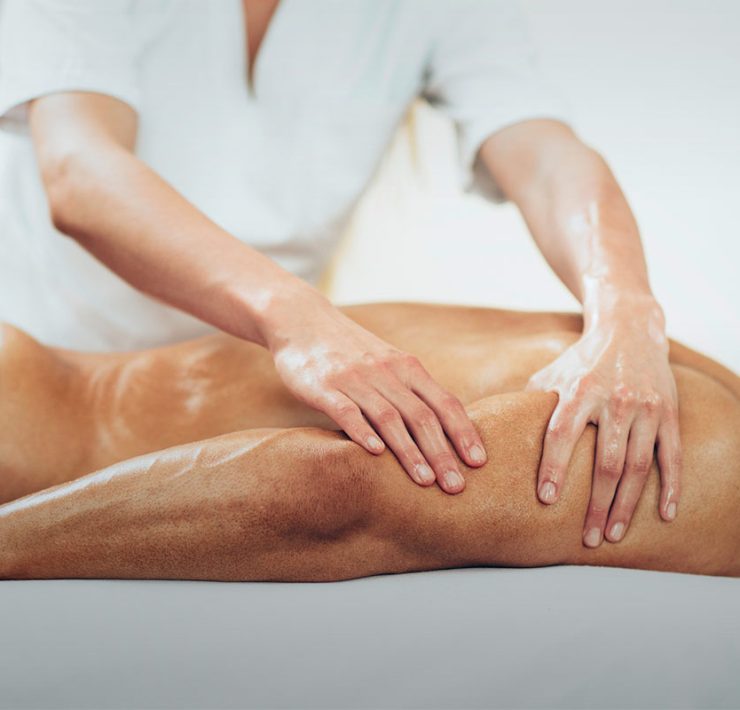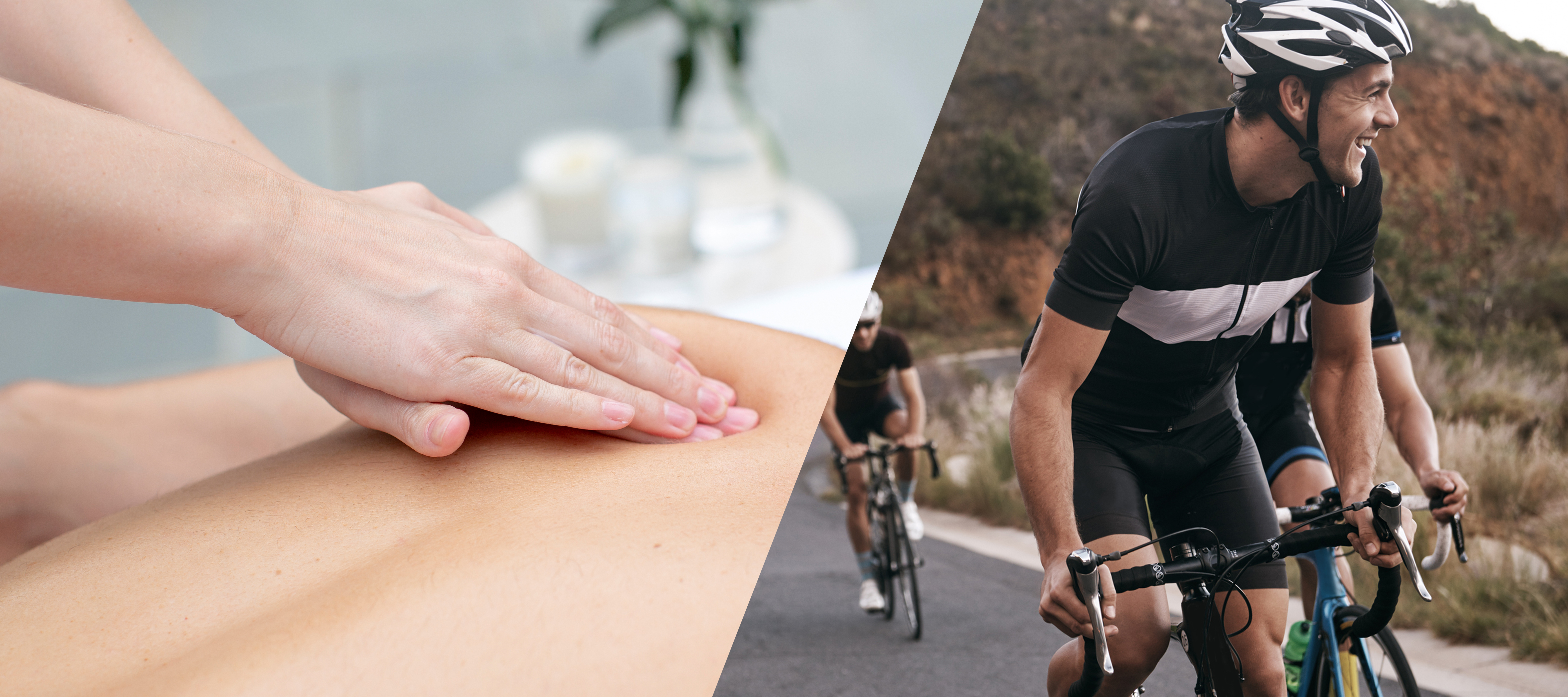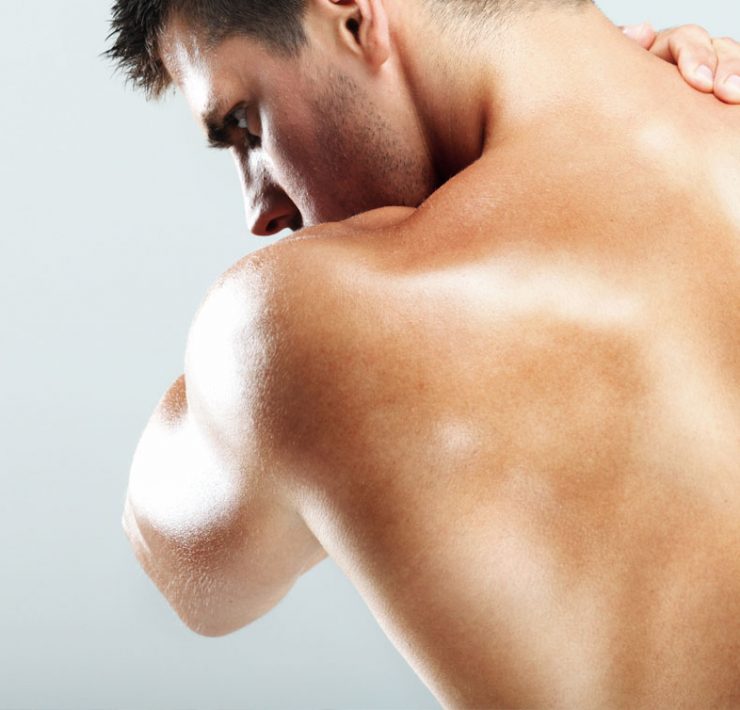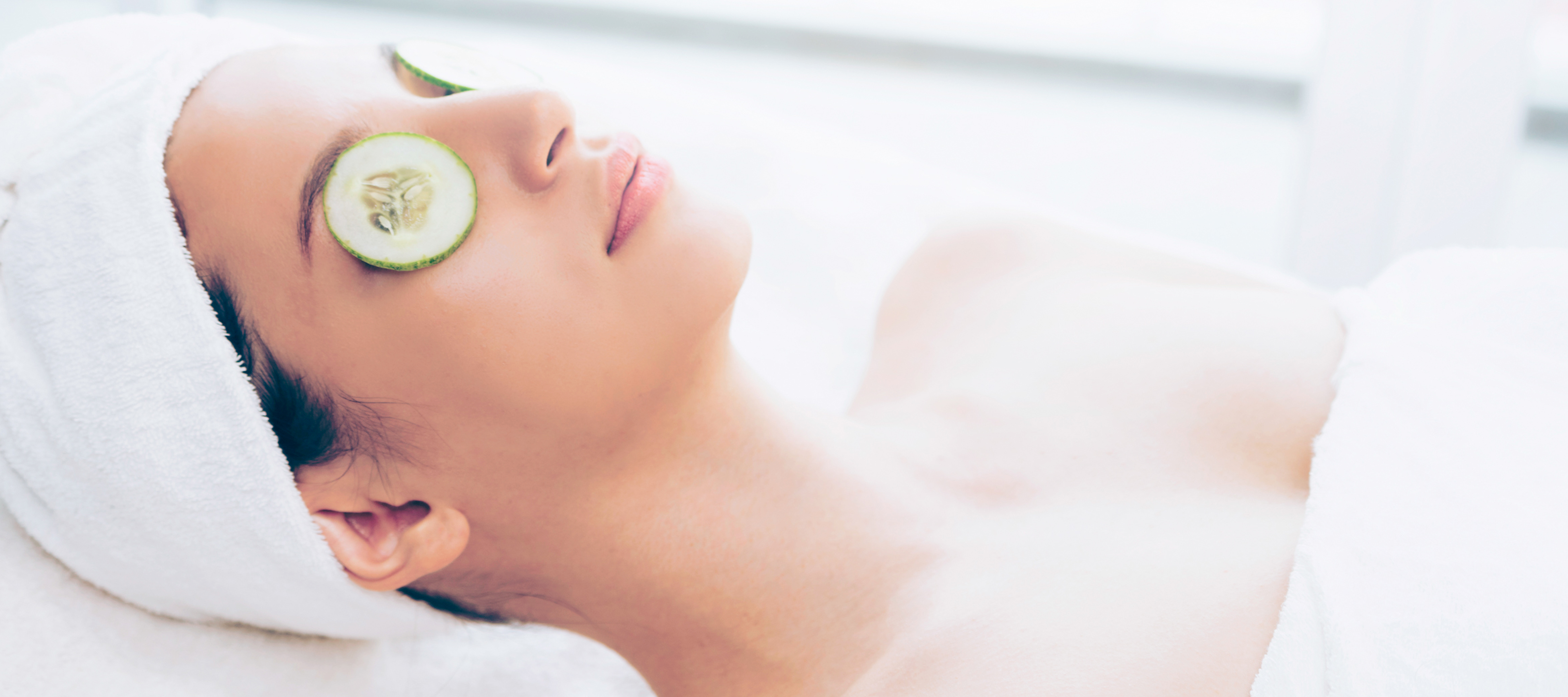A full-body massage: soft music, low lighting, a feeling of tranquility—it’s bliss. But what most people don’t know is that while you might be in a state of total relaxation your body is going into full activation mode during a massage. A massage stimulates your nervous system; wakes up your muscles, organs, and glands; moves blood and lymph fluid, and gets multitudes of cells to produce and release chemicals and hormones.
Your body needs a massage to renew itself and reverse the effects of stress.
What are some of the lesser-known benefits of receiving a massage?
1. Skin Refresh
The slight friction of your massage therapist’s hands along with the massage lotion and oil causes gentle exfoliation, allowing fresh skin cells to emerge.
2. Nervous System Relaxation
As you relax, your nervous system enters a “rest and digest” mode. If you have areas of pain and tension in your body, it’s possible that they are the result of pressure on nerves caused by tight muscles, and massage may relieve it.
A relaxed nervous system means that hormone production will balance out. Production of stress hormones such as corticosteroids (LDL) decreases, as “feel good” hormones like endorphins increase. Hormones that regulate sleep/wake cycles, menstrual cycles, immune cells, blood sugar, and even how much food you eat, all react positively to the relaxation that accompanies a full-body massage.
3. Musculoskeletal Benefits
Your muscles are like sponges – when they contract, blood and lymph fluid are squeezed out, and when they relax fresh blood enters bringing fresh nutrition, oxygen, and immune cells. Your massage therapist may also incorporate stretching and range of motion movements into the massage, which mobilizes the joints and places beneficial tension on your muscles, ligaments, and tendons.
Related: How to Incorporate Massage Into Your Marathon Training Plan
4. Lymphatic Detox
The lymphatic system is crucial to balance the fluid and the function of your immune system. Lymphatic vessels parallel blood vessels throughout your body and large groups of lymph nodes are found in the neck, armpits, and groin.
As your massage therapist works on flushing blood through muscle and tissue, they are also draining the lymphatic system, where the lymph nodes filter out dead cells, waste products, and possible pathogens. Sluggish lymph flow contributes to fluid retention, and draining the lymphatic system may reduce edema in certain parts of the body.
5. Improved Bone Blood Supply
Did you know your bones also have a blood supply and receive the same advantages from massage as your muscles? Blood flow brings calcium and other minerals to your bones to support their strength and function, so your skeletal system receives a major boost from massage.
6. A Healthy Heart
A full-body massage is good for your heart as well. The vasodilation produced by massage increases your venous return which, in turn, increases blood flow and delivery of oxygen to all your organs. Your entire cardiovascular system relaxes and circulation throughout your body improves. Activation of the parasympathetic nervous system’s “rest and digest” mode helps regulate blood pressure and heart rate.
7. Digestive Wellbeing
Stress takes a toll on the digestive system, and a full-body massage can have a very healthy effect on how your body process food and nutrients. The parasympathetic nervous system regulates your digestion, producing needed chemicals (like saliva, gastric juice, and insulin) and stimulates peristalsis, which moves food through your intestines.
Classic Swedish massage includes an optional abdominal massage that acts directly on your large intestine to regulate the final stages of digestion. When food moves smoothly through the digestive system your stomach, gallbladder, pancreas, and intestines work together for maximum nutrient absorption, which supports your overall well-being.
8. Improved Breathing
Your massage therapist may ask you to take a deep breath at the start of the massage. Unrestricted breathing is one of the fastest roads to stress reduction, and your first breath on the massage table may become a sigh of relief. In addition to the diaphragm, there are muscles in your ribs, chest, and neck that assist breathing.
Related: The Incredible Benefits of Massage for Anxiety
Since so much tension accumulates in shoulder, chest, and neck muscles, it’s no wonder that our breathing becomes restricted when we’re stressed. As you relax further into the massage and your breathing deepens and evens out, your massage therapist can work into tense muscles to reduce tightness in muscles that assist respiration. If you ask, your MT can also massage the intercostal muscles between the ribs that are important to natural and effortless breathing.

Reviewed by Darren Buford. Darren is Editor in Chief of Massage & Bodywork magazine and host of The ABMP Podcast. Meet our Editorial Review Board.
Robin Jillson has been studying and teaching massage and bodywork since 1990. Starting with a certification in Foot Reflexology, Robin graduated from New York’s Swedish Institute, and pursued further studies in bodywork and energy work. She discovered a passion for teaching and eventually became an instructor and Director of Education for Healing Hands Institute in Westwood, New Jersey. In her spare time, Robin wrote a massage therapy curriculum published by Pearson Education, performed textbook review for Elsevier Publishing, and consulted on adult education topics. She is licensed as a massage therapist in both New York and Florida.

